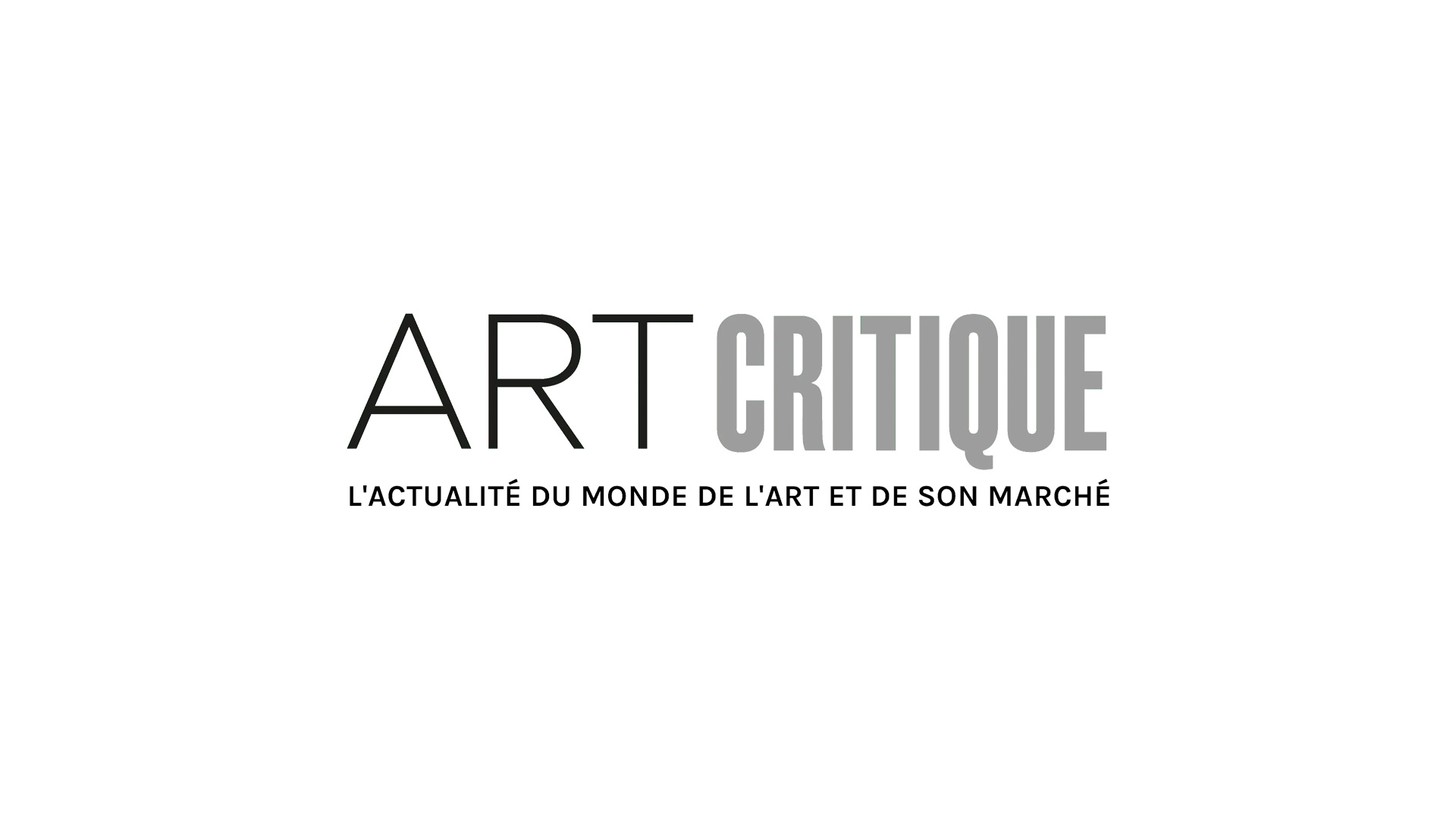The lens of Aristotle Roufanis sheds light on the lonely lives of city-dwellers through his urban landscapes artworks. I first encountered the Greek artist’s series of hyper-definition images, Alone Together, at Pulse Miami Beach 2018. Roufanis’ lush surfaces and strong contrast of light and shadow drew my attention. Initially, I thought the large-scale cityscapes were paintings; but as I inspected the surface more closely, I found they contained the depth of a painting but not the texture. The artist, who was standing nearby, noticed my curiosity and engaged me in conversation. I asked Roufanis what his medium was and he explained how his artistic process was entirely different from other artists exhibiting under the white tent. The artist captures the forlorn spirit of metropolises overnight, from dusk to dawn, click-by-click, layer by layer, in hopes of raising awareness of the loneliness epidemic.

Although always drawn to architecture, Aristotle Roufanis (b. 1983, Athens, Greece) discovered his fascination with isolation through his experience as an expat in London. As a self-taught artist, experienced photographer, and civil engineer graduate, Roufanis travels the world distilling the essence of urban habitats. His series, Alone Together, consists of several large-scale tiered photographs of London, Paris, Hong Kong, Miami, and Athens. Whether the perspective of the works is from a hilltop or skyscraper, the viewer is placed in the position of an ogler – gazing at an abyss of constructed darkness save for a few illuminated windows.
In Roufanis’ Alone Together VIII, 2017, one corner apartment blazes among a sea of empty windows and abandoned balconies. Diaphanous curtains reveal an obscure living room scene. The viewer looks slightly downwards from what is likely an opposing skyscraper – not close enough to decipher the scene but near enough to discern a living room. Roufanis isolates a single living space to highlight how although metropolitan citizens are surrounded by other fellow city dwellers, their experience is often more isolated. In the artist’s words, “The bigger the city, the lonelier we feel. It is important for people to understand that although lonely, they are not alone. Individuality does not equal to alienation.” Even though the viewer can instantly see the breath of solitude, the artwork also has a cathartic effect – I am not the only one awake, and I am not the only one feeling desolate.

Urbanization is not a novel phenomenon, it continues to expand with increased migration to urban city centers; with it, grow mutual feelings of loneliness. Throughout art history, artists such as Edward Hopper highlighted the alienating side of moving to a city. In his pivotal work, Nighthawks, 1942, viewers peer into a New York City dinner where four night-owls separately congregate. Each crouching figure is lost under the fluorescent lights and behind their glazed expressions. Similar to Roufanis’ Alone Together series, Hopper focuses on a single lit space against the backdrop of a sleeping city. Although the forlorn figures are clearly outlined in Hopper’s work, they still radiate a similar feeling of alienation. Hopper later said that while painting Nighthawks “unconsciously, probably, I was painting the loneliness of a large city.”
During my conversations with Roufanis, our discussion turned to cell phones and social media. We both agreed that it has become increasingly easy to live an insular life with limited real-life social interactions. Although we have constant access to billions of people through our mobile devices, the rate of loneliness in the United States alone had doubled in the last 50 years. The title of the show, Alone Together, gives viewers a hint of optimism. Perhaps cities bring a powerful sense of loneliness, but at least we are all in it together. There is solidarity in the quest to live by any means possible. Aristotle Roufanis work can be viewed at his upcoming solo shows: LA Art Show (23-27 January), Art Central Hong Kong (26-31 March), and AIPAD Art Fair NYC (05-08 April).
Images courtesy of Aristotle Roufanis and Chicago Institute of Art.





